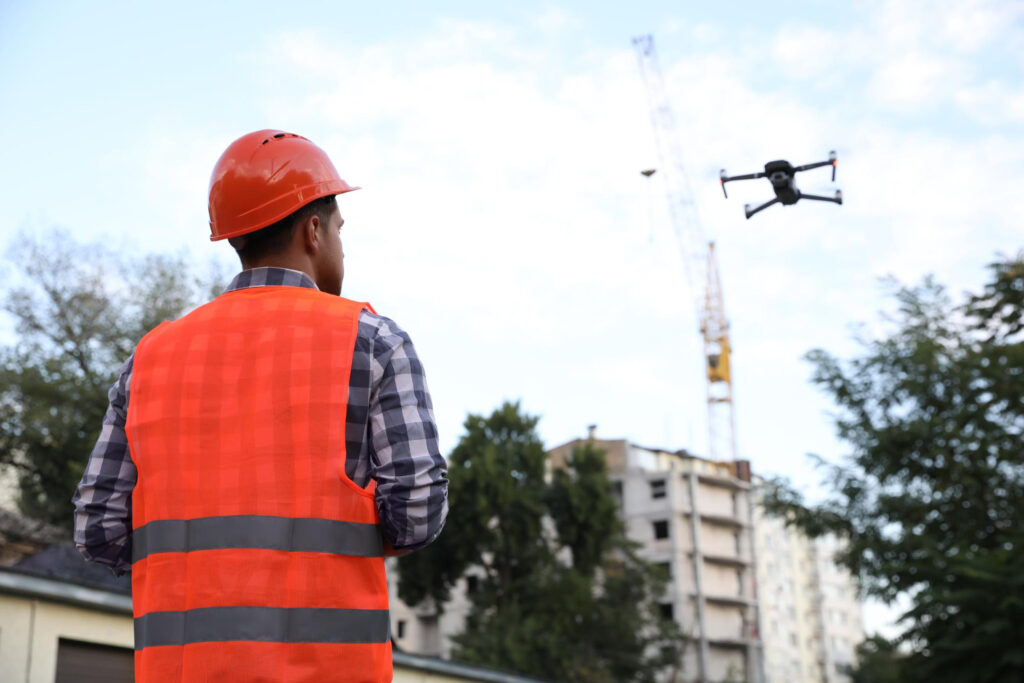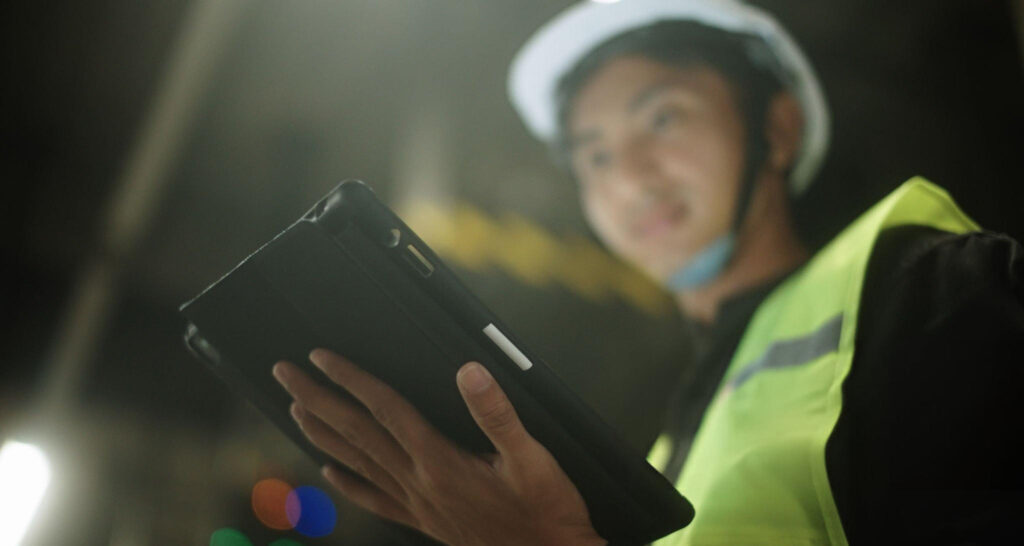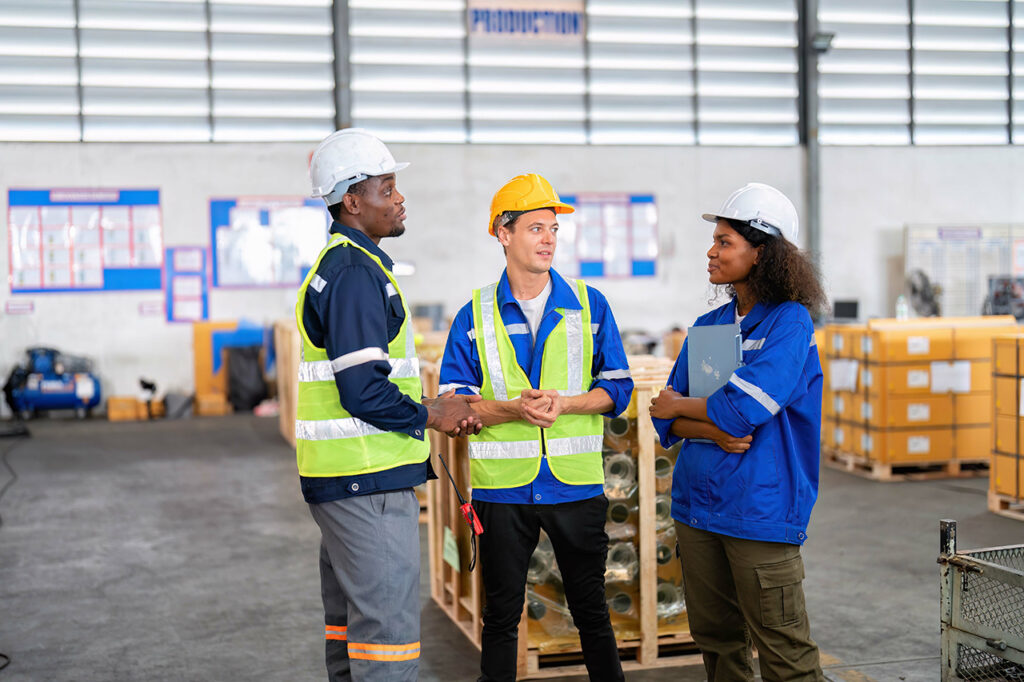Construction sites are known for their hazards. Heavy machinery, elevated work areas, and large teams of workers can create a risky environment. To make these sites safer, many companies are turning to artificial intelligence, or AI. AI can help monitor, predict, and prevent accidents, making construction sites more secure for workers.
AI is more than just a tech buzzword; it’s a powerful tool that can transform safety practices. By using AI, companies can gather and analyze data to better understand risks. This leads to smarter decision-making and more effective safety measures. AI can also improve training programs, ensuring workers know how to stay safe on the job.
With the ability to provide real-time insights, AI helps construction managers respond to hazards quickly. It automates many safety tasks, freeing up time for workers and supervisors to focus on their main duties. Implementing AI in construction safety isn’t just about adding new tech; it’s about creating a safer, more efficient work environment for everyone involved.
Understanding AI in Construction Safety
Artificial intelligence, or AI, refers to computer systems that perform tasks usually requiring human intelligence. These tasks include decision-making, visual perception, and data analysis. In construction safety, AI helps monitor sites, predict possible accidents, and provide solutions to mitigate risks. AI technology is used in various ways to ensure a safer work environment.
Examples of AI technologies in construction include predictive analytics, which helps foresee potential hazards by analyzing past data. Wearable devices equipped with sensors can monitor workers’ vital signs and warn them of unsafe conditions. Drones powered by AI can scan construction sites for safety violations or structural issues, capturing images and data for further analysis. Using AI, companies can maintain high safety standards and respond quickly to any safety concerns.
Key Benefits of AI in Construction Safety
AI offers several key benefits in improving construction safety. One major advantage is the ability to predict and prevent accidents. AI systems can analyze large volumes of data to identify patterns and high-risk areas. This allows site managers to take proactive measures, such as adjusting workflows or reinforcing safety protocols, which keeps workers safe.
AI also enhances worker training and education. AI-powered training modules can simulate real-world scenarios, helping workers practice safety procedures in a controlled environment. These interactive programs ensure that workers understand safety protocols and know how to respond to various situations. This leads to a more knowledgeable and prepared workforce.
Streamlining compliance and reporting processes is another significant benefit. AI can automate the collection and analysis of safety data, making it easier to generate compliance reports. This reduces the administrative burden on safety managers and ensures that all safety standards are met promptly. AI-driven systems can also alert managers to any non-compliance issues, allowing for quick correction and minimizing the risk of accidents. Overall, AI makes the construction industry safer and more efficient.
AI Tools Revolutionizing Construction Safety
AI technology has brought numerous tools that can significantly enhance safety in construction. Each of these tools serves a specific purpose, contributing to a safer work environment. Here are some of the essential AI tools transforming construction safety:
1. Wearables: These are small devices that workers can wear, like vests or helmets. Wearables track various metrics, such as heart rate and body temperature. They can alert workers and supervisors if someone is overheated or experiencing stress, preventing potential accidents.
2. Drones: AI-powered drones can survey construction sites from the air. They capture real-time images and videos, identifying hazards or safety violations. Drones can access hard-to-reach areas, providing comprehensive site inspections without putting workers at risk.
3. Predictive Analytics: This tool analyzes past data to predict future accidents. By identifying patterns and trends, predictive analytics helps managers take preventive measures before incidents occur.
4. Smart Cameras: These cameras use AI to monitor activities on the construction site. They can detect unsafe behavior, such as workers not wearing protective gear, and send immediate alerts to supervisors.
Each of these tools plays a crucial role in ensuring a safer construction environment. They provide constant monitoring and detailed insights, helping managers make informed decisions about safety.
Implementing AI in Your Construction Safety Plan
Introducing AI technologies in your construction safety plan involves a few strategic steps. Start by identifying the specific areas where AI can add value. Assess which tools will best address your safety concerns. Customizing the AI tools to match the unique needs of your construction site ensures better results.
Training workers to adapt to new AI systems is crucial. Organize hands-on training sessions where employees can learn how to use AI tools effectively. Help them understand the benefits of AI in enhancing their safety. When workers are comfortable with the new technology, they are more likely to use it correctly and consistently.
Continuous improvement and regular updates are key to maximizing the benefits of AI. Keep your AI systems updated with the latest software and safety protocols. Regularly review the effectiveness of the AI tools and make necessary adjustments. Feedback from workers can provide valuable insights into potential improvements.
Making AI a part of your safety culture reinforces its importance. Encourage workers to report any issues or suggestions regarding the AI tools. This collaborative approach ensures the technology remains effective and relevant to the changing demands of the construction site.
Conclusion
AI is revolutionizing construction safety, offering advanced tools and solutions to protect workers. With wearables, drones, predictive analytics, and smart cameras, AI provides real-time insights and constant monitoring. These tools help predict and prevent accidents, enhance training, and streamline compliance.
Implementing AI in your safety plan involves choosing the right tools, training workers, and continuously improving the systems. By integrating AI seamlessly, you create a safer, more efficient work environment.
Ready to revolutionize your construction safety? Contact Field1st today to learn how our AI-driven best construction safety software can transform your workplace into a safer environment.





